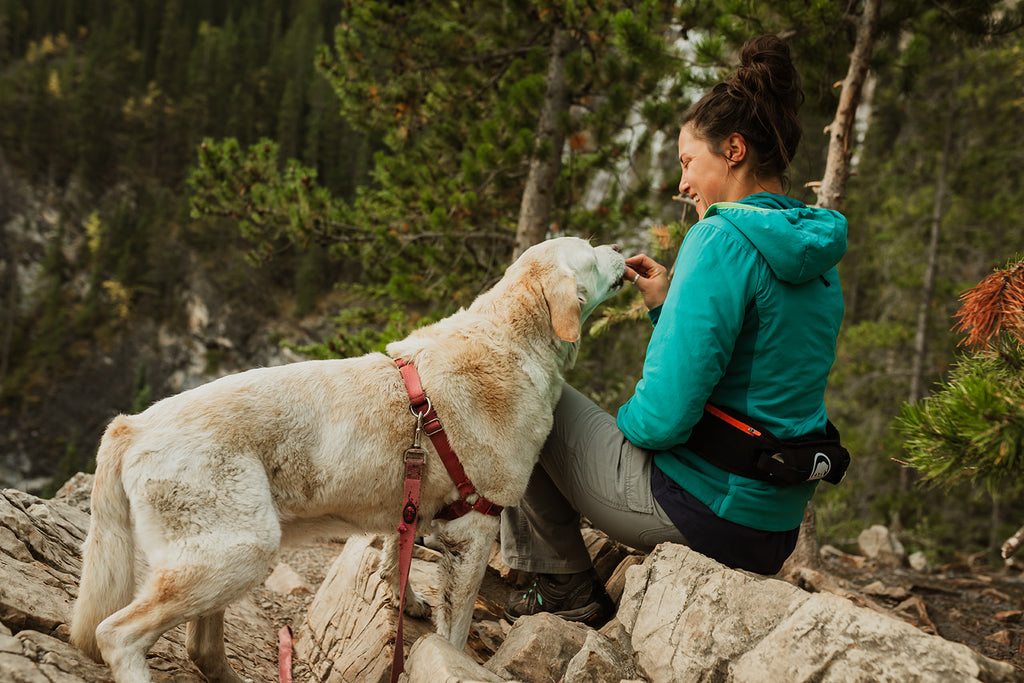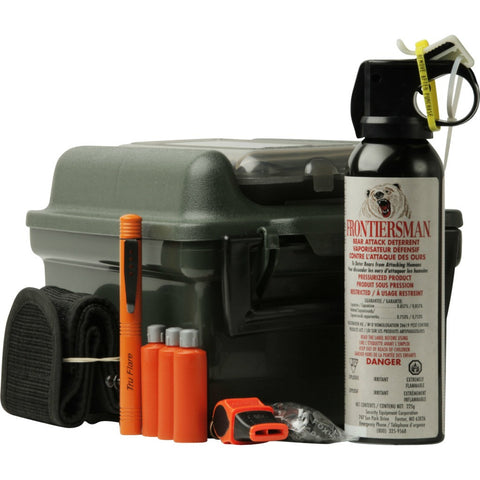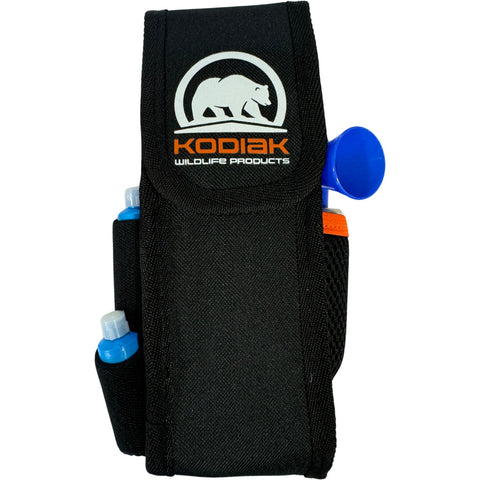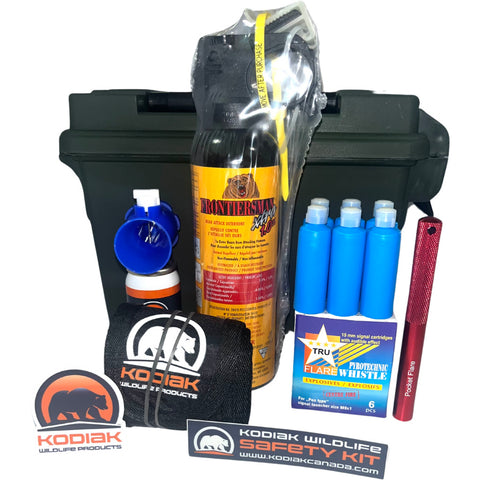
What's the difference in bears?
As we enjoy the outdoors and the mental health the outdoors brings, it's important that we remember to stay safe in bear country and carry bear spray. Travelling in smaller groups to keep our social distances makes carrying bear spray even more essential.
So, what's the difference in bears?
Black bears can be black, blue-black, dark brown, brown, cinnamon and even white. Grizzlies can range from from black to blond.
Size is not a good indicator of which species is which. Black bears can weigh up to 800 pounds in the fall, and grizzly bears on Alberta’s Eastern Slopes can weigh as little as 250 pounds in the spring.
Look for the size of the shoulders, face profile, claw length and shoulder hump to tell the difference. Regardless of being able to identify what bear you're encountering, understanding bear behavior is key to enjoying a safe environment for us and the bears.
Grizzlies have a pronounced shoulder hump which the black bear lacks. Grizzlies also have a concave or dished facial profile, small ears and much larger claws then black bears. Black bears have a flatter nose, larger ears, smaller claws and no visible shoulder hump.
For some more information, visit bearsmart
Bears usually choose to avoid us unless there's a food source, we've entered a space they want to defend, it's an especially aggressive bear etc.. Like people, you can get different personalities of bears. Observe the bear you're seeing and determine their behavior.
It might just be that the bear is distracted by a food source or can't hear over the sounds of nature around you. A bear can literally wander into an unsuspecting person.
Carrying and practicing with bear spray and bear deterrents will prepare you for most situations.
Be Outdoors. Be Prepared.




